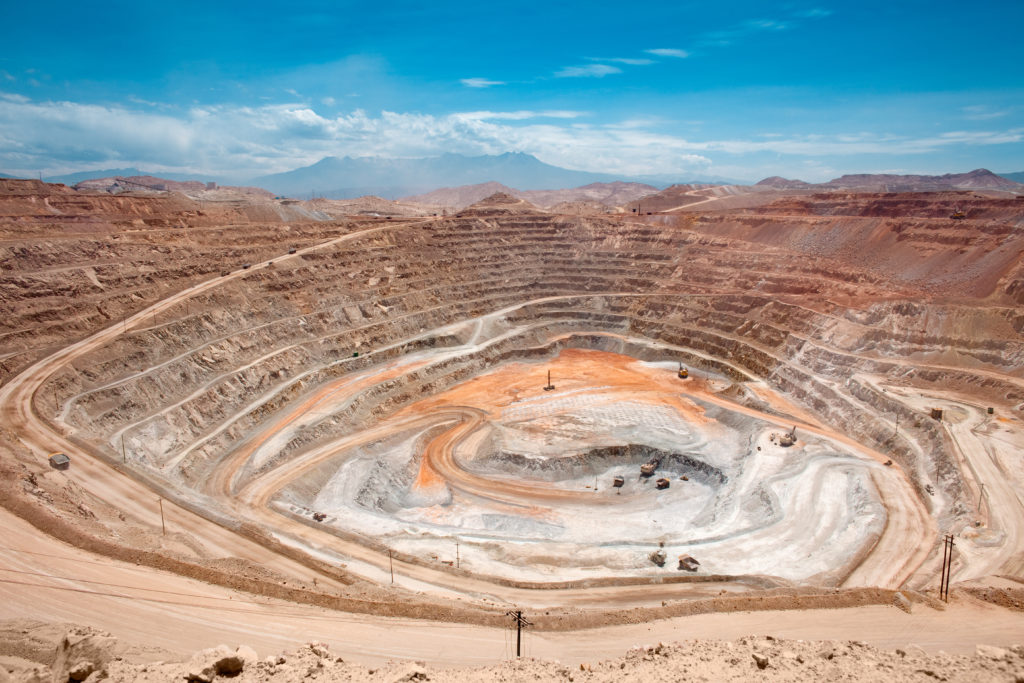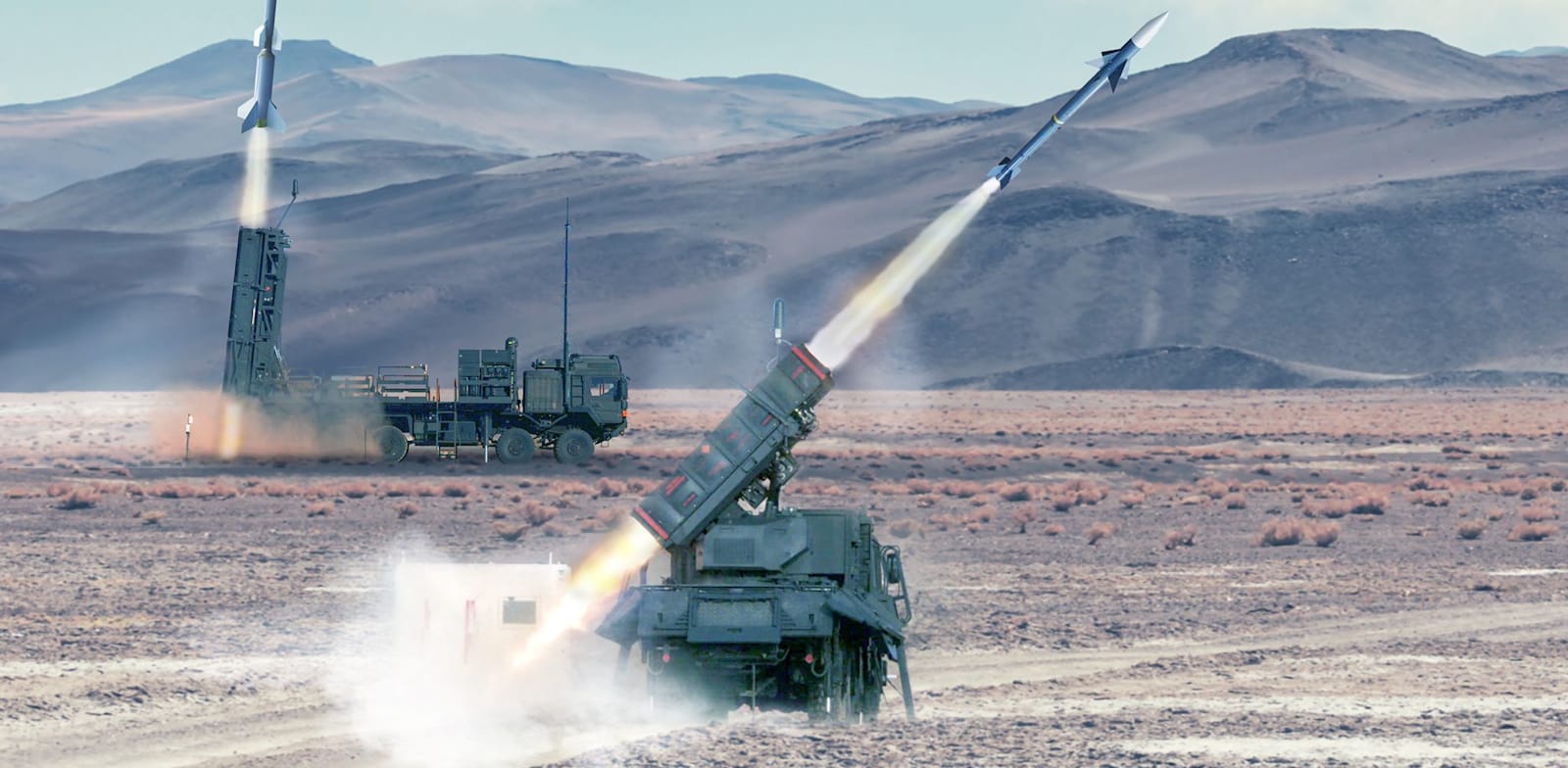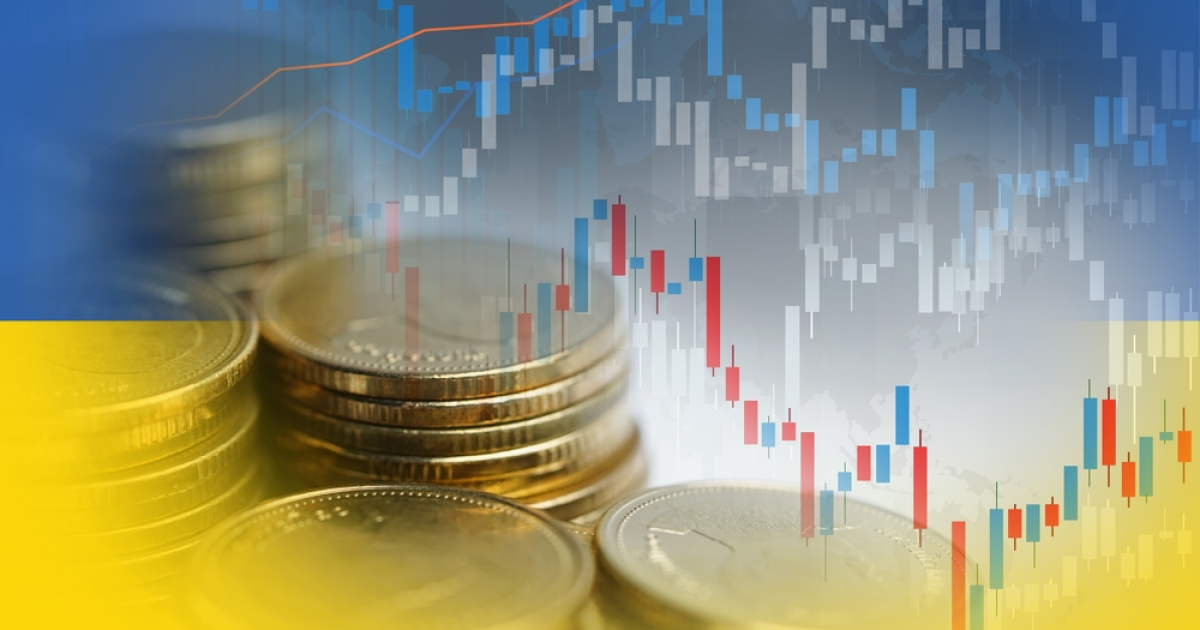Peru’s economy, once a standout performer in Latin America, experienced a 0.55% contraction last year due to the negative impacts of El Niño weather phenomenon, decreased private investment in mining, and potential anti-government protests. However, in February, the growth rate exceeded analysts’ expectations with a 2.10% increase compared to a forecast of 2%-3% by the country’s economy minister. This marked the largest monthly growth rate since June 2022 according to INEI records.
Peru’s mining and hydrocarbons sector saw the most significant expansion in February with a growth rate of nearly 16%. This was driven by increased copper, gold, and molybdenum volumes contributing to an impressive 17% growth in metals mining. Peru is a major global producer of copper, silver, and zinc and has been experiencing growth for 13 consecutive months. Meanwhile, the manufacturing sector declined by 10.92%, while the fishing sector shrank by 31.26%.
The decline in the fishing sector was attributed to the sharp drop in anchovy numbers which are crucial for making fishmeal fertilizer – an industry in which Peru is a leading producer. Additionally, there was also a decrease of nearly 2% seen in the agricultural sector despite these challenges. Despite these setbacks, Economy Minister Jose Arista expressed optimism for March projecting a 2% growth in private investment and an 8% growth in public investment for Peru’s economy. The World Bank has forecasted that Peru’s economy will grow at a steady pace of around 2.7% over five years from now (in 2024).



